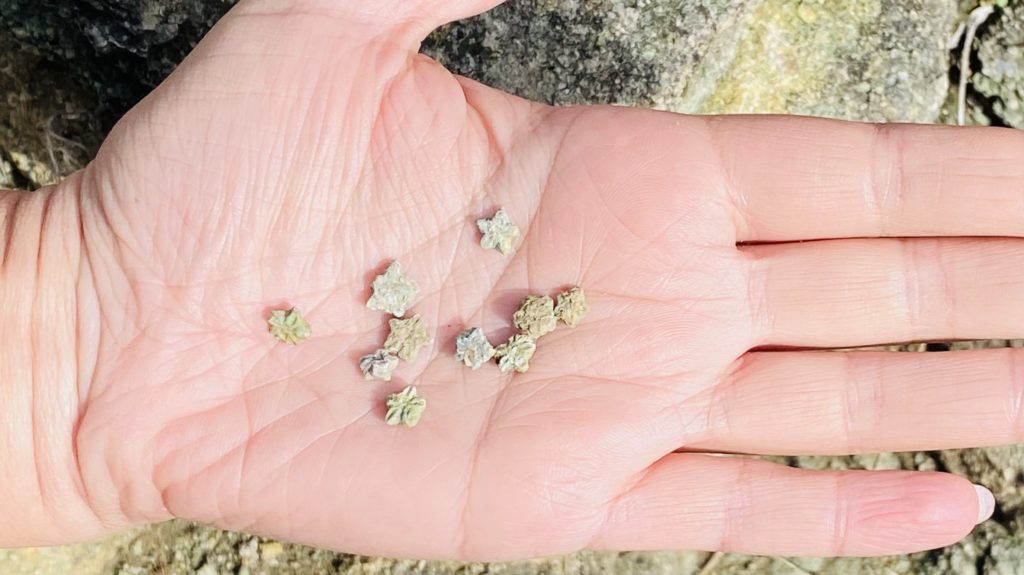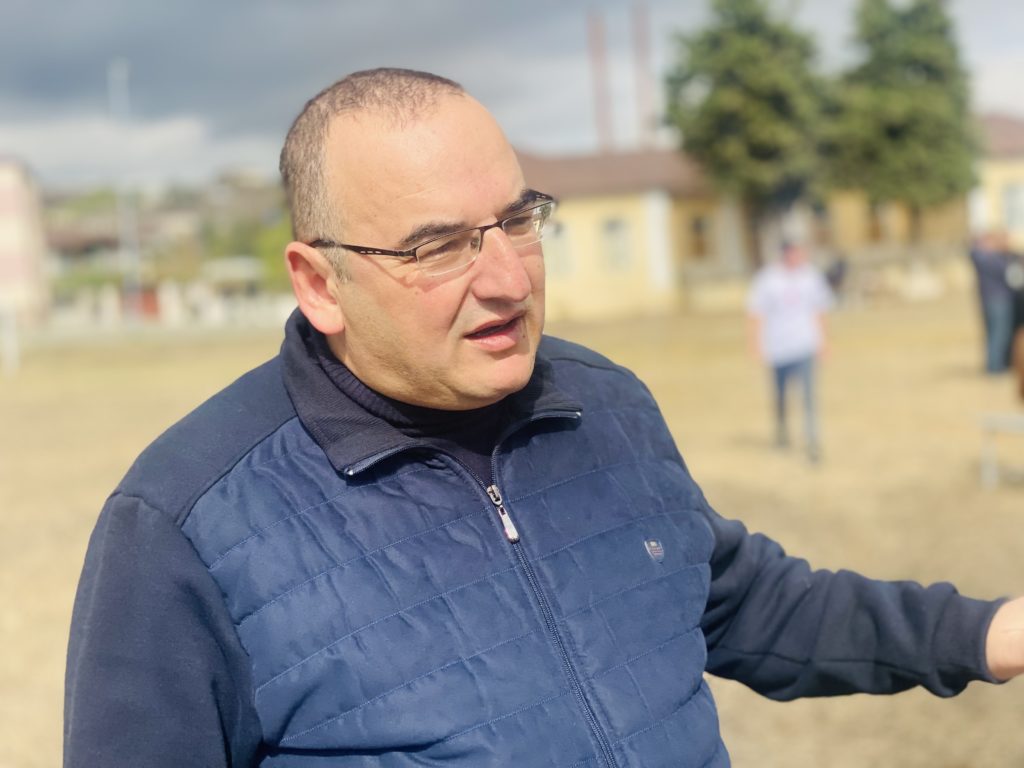
Traditions continue in Artsakh, where last month residents gathered in the region of Askeran to participate in Gupar.
Gupar, which is Armenian for a fight, a struggle, a battle, is a tournament that reflects the history of Artsakh through the centuries.
It was first organized in September 2020 for youth living in the region of Hadrut. However, as Dizak Art executive director Yerazik Hayriyan explained, the goal was to expand these games into a pan-Artsakh event. “Unfortunately, today Hadrut is occupied, and until we liberate it, we will continue the games in other historical settlements of Artsakh, popularizing any historical monument and connecting it with the national games,” explained Hayriyan. “In other words, it is to combine the tangible and intangible cultural heritage.”
The games are part of a State Service for the Protection of the Historical Environment of the Republic of Artsakh initiative.
This year’s games were held on Օctober 23 in the village of Astghashen—one of the most unique and oldest settlements of Artsakh. The name of the village was originally Karaghbyur, after the wellspring of the same name in the village. Astghashen is home to Saint Gevorg church, built in the middle of the 19th century. In its courtyard, there are remarkable khachkars dating back to the 16th and 17th centuries. However, its “stardom” is found in the star-shaped stones throughout the village, leading to the name Astghashen. Archeological investigations have pointed to the Tethys Ocean, which dried up over time, leaving behind the fossil remains of animals, sea lilies and star-shaped goldfish. After heavy rains, you can see the star-shaped marks on the rocks; villagers say they fall from the sky with the rain.

“The function of games is related to the traditional culture of our people, because any game contains one or another function of traditional life,” explains Deputy Minister of Education, Science, Culture and Sports Lernik Hovhannisyan, an ethnographer by profession. According to Hovhannisyan, the popularity of such games is a form of education among the youth, an attempt to restore traditions amid today’s challenges, when both the physical existence and cultural heritage of Artsakh are threatened.

Most of these games are well-known in Artsakh and Syunik. Based on studies of the 19th century press, field research, ethnographic materials and stories of villagers, Lakhti was one of the popular games in the villages of Artsakh. One resident in Hadrut’s Tsamtsor village shared how the young people used to play that game in the churchyard after receiving the priest’s blessing.
Two teams of three take part in Lakhti. A circle is drawn in the center of a square, inside which three lakhts (twisted canvas rope or belt) are lined up at an equal distance from each other. The players of the defending group enter the circle, each one stands by his lakht and does not allow the attackers to take it. Defendants are not allowed to leave the circle. They protect the lakhts by putting one foot on it, and with the other, they try to trample the feet of the attackers or drag them inside the circle, i.e. take them prisoner. The forwards aim to take the three lakhts; each is worth one point. Attackers have the right to pull the defenders out of the circle and spin upside down into the field to take possession of the puck so that the feet do not touch the field. When all the belts are taken, they start hitting the insiders with them; hitting below the waist is not allowed. When one of the insiders manages to hit one of the outsiders in the leg, they change places in the group.
During the kashotsi (tug-of-war), two participants sit on the ground, holding leather belts with both hands. After the signal, the participants begin pulling; they stop when they lift each other off the ground.

There’s also aklorakriv. Participants link their hands behind their backs and then jump on their right foot and hit each other lightly with the shoulder until one of the players falls down. The game develops agility, balance and endurance.
Kokh (wrestling) lasts eight minutes. Before the match, participants stand on opposite sides of the mat and approach each other through dance. Before starting the fight, the participant raises his right hand, and after striking the palm of the opponent’s right hand, the fight begins. The winner is the first to throw an opponent on paddles or put the opponent in the “bridge” position.
The most lively event is tug of war with all team members.
The games ended with Askeran in first place, Kashatagh in second and Hadrut in third place. The victory belonged to all participants and their belief in national values.



Be the first to comment